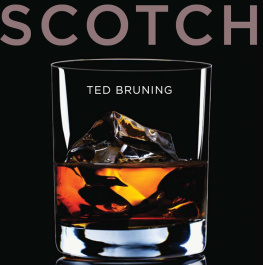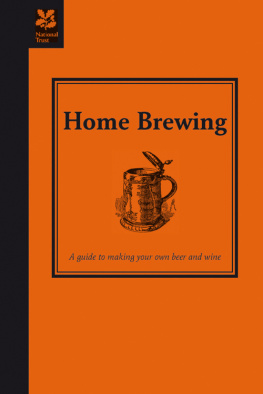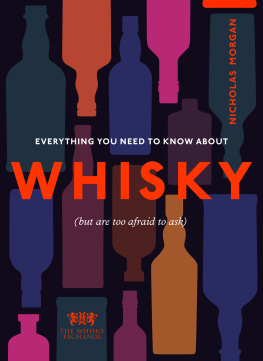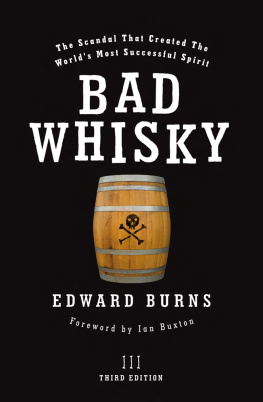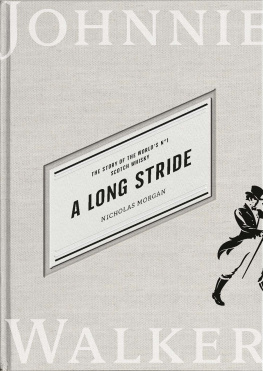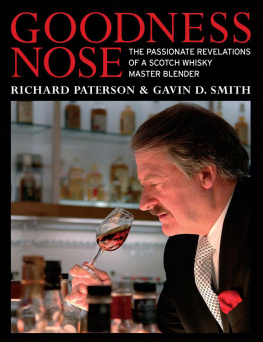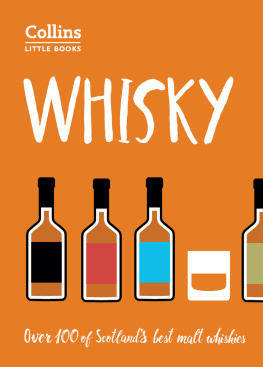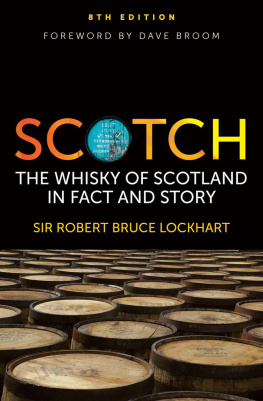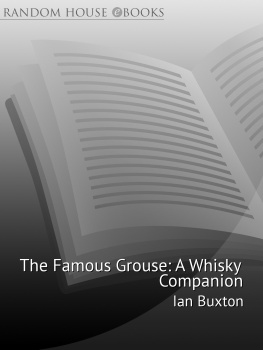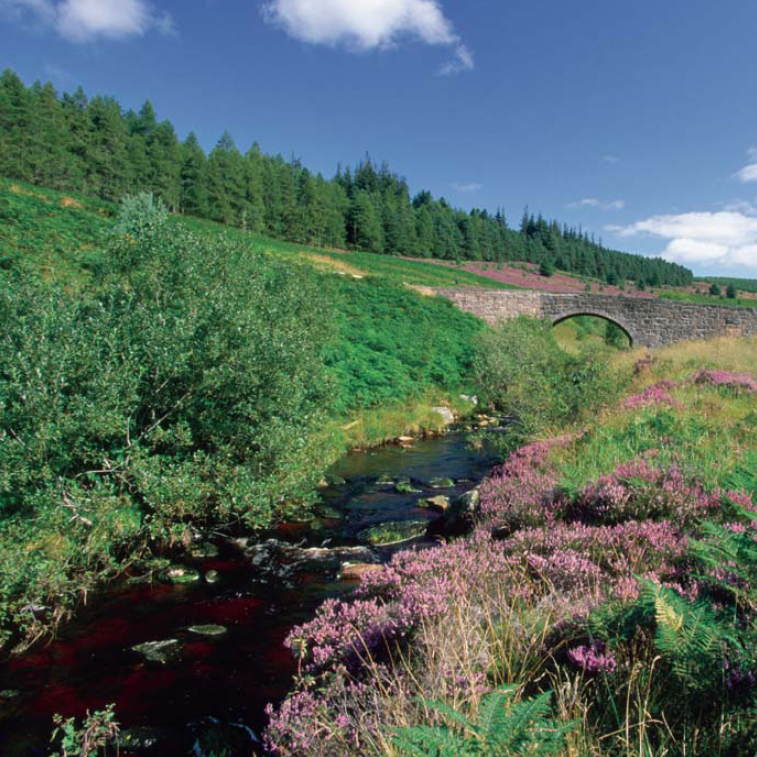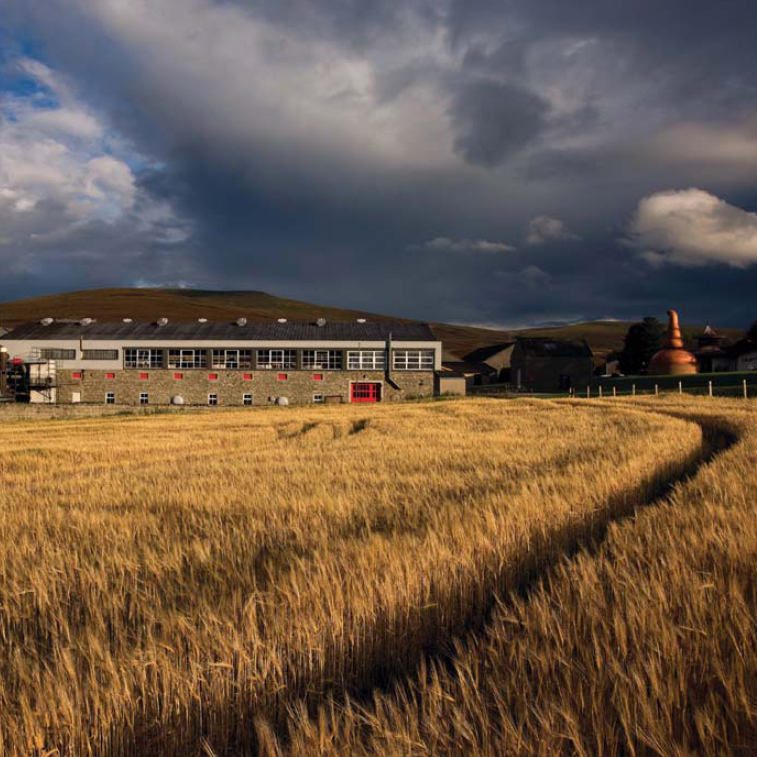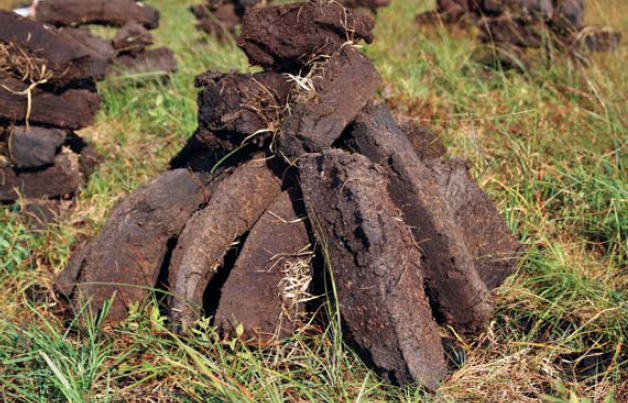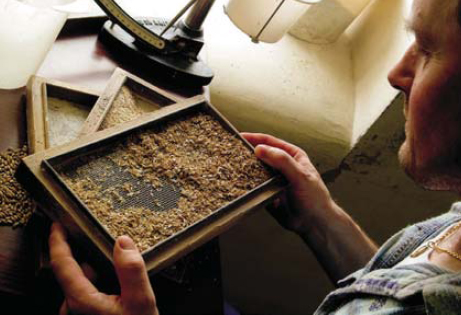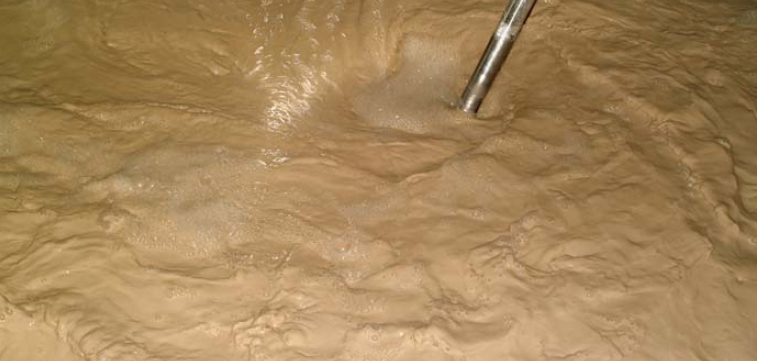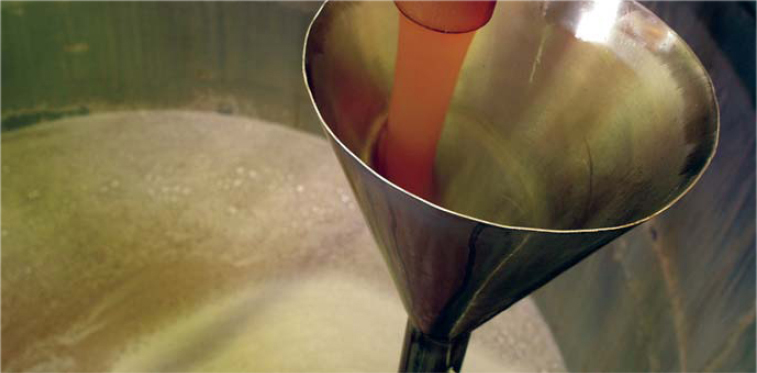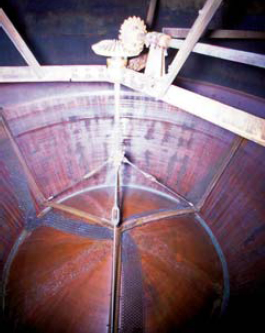SCOTCH
WHISKY
TED BRUNING
CONTENTS
A peaty burn in Aberdeenshire. Phenolic compounds leached into streams can profoundly affect the flavour of the whisky.
HOW SCOTCH IS MADE
S COTCH WHISKY is the worlds best-selling spirit and Britains greatest single contribution to global gastronomy. And to its armies of fans in Britain, in Europe, in North America, and now in China, India and Brazil as well, its much more than just a dram. Its the very spirit of Highland glen and mountain burn, of loch and of peat bog.
For once, the hyperbole is justified: the romance of Scotch is its reality. Just as much as any great French wine, a malt whisky is the ultimate expression of its terroir. The peat the malt is dried over, the purity of the spring water, the shape and size of the stills, the oak barrels a thousand variables make a single malt whisky what it is.
The unromantic definition of Scotch is that its the distillate of a fermented wash of malted barley to which whole grains of other cereals may be added, distilled to less than 94.8 per cent alcohol by volume (ABV) and aged for at least three years in oak casks of 700 litres or more. The only permitted additives are water and caramel; and the end product may not be sold at less than 40 per cent ABV. Finally, the whole process up to blending must be carried out in Scotland.
Barley ripening at Glenfarclas in the gently rolling hills of Banffshire in the Speyside region.
Freshly cut peat.
This summary of the 1988 Scotch Whisky Act is only the screw-cap on a whole bottle of history. In effect it reconciles the differences between the very different spirits of which Scotch is composed: malt whisky and grain whisky. For its not the Scotch Whisky Associations five regions of origin Highlands and Islands, Lowlands, Campbeltown, Islay and Speyside that characterise Scotch: the whiskies of each region have nothing in common, and the regions themselves are purely historic. Instead, the two great definers are, first, malt or grain and, second, in the case of malt, the microgeography of each individual distillery. You might be able to identify two similar wines as clarets; but unless you already knew, youd never guess that Laphroaig and Bunnahabhain both came from Islay. The differences come down to ingredients and processes, and each distillery has its own.

Traditional floor maltings at Laphroaig. Here the moistened barley is heaped up and allowed to start germinating; then gentle fires are lit underneath and it is turned by hand during the drying process.
Checking the grist at Glenfarclas. This is malted barley ground into a coarse flour and ready to be turned into wash, or unhopped beer.
Lets begin with malt whisky. It starts life as straightforward unhopped beer, which is mostly water, so the distillerys water supply is an important ingredient in the construction of its whiskies. It might be hard and laden with minerals; it might be soft and pure; it might have flowed through peat bogs and picked up traces of flavour there.
But its the barley, and in particular the way its malted, that dominates. A grain of barley is a self-contained package that carries enough energy in the form of starch to get the growing process under way. The package includes an enzyme, diastase, which, once moistened, will turn the starch to sugar to feed the plant while its roots develop. The maltster tricks the barley into germinating by soaking it, and then arrests the process by drying it. The fuel used in the drying is critical: industrial maltsters blow neutral warm air heated by gas or oil into great revolving drums of damp grain, but in the past the choice was straw or furze, charcoal, coke or in some lucky localities peat, burning directly under a bed of germinating grain. All these options produce different flavours, but peat is the most distinctive: a heavily peated malt such as Laphroaig is either deliciously smoky or pungently medicinal, depending on the taste of the drinker.
The malt is then crushed and steeped, exactly as in a brewery, to extract its sugars; but instead of being boiled with hops, the sweet malt syrup goes directly to fermentation in what distillers call a washback, where it makes an ale of about 8 per cent ABV. Then the distillation process begins.
Filling the mash tun at Glenfarclas. In the mash tun the grist is soaked in hot water until it has surrendered all its fermentable sugars. The sweet liquid that results is called wort.
Fermentation in progress in the washback at Glenfarclas. The washback is where yeast is added to the fresh wort to produce a malt liquor of about 8 per cent ABV.
Interior of a still at Glenfarclas. The wash is passed through the still twice. The first pass separates out the worst of the impurities; the second concentrates and refines the spirit to more than 90 per cent ABV.
A pot still is simplicity itself. Its a bulbous vessel either made of or lined with copper (which eliminates sulphur-based compounds), with a fire underneath and an inverted funnel on top. The wash in the still is gently heated, and the vapour that will eventually be Scotch starts to rise into the funnel or head. This leads to a condenser, traditionally a coil of copper tubing immersed in cold water, via a pipe called a lyne arm. Every factor is a variable: the size and shape of the still, the height and bore of the head, the length of the lyne arm and even the angle at which its set all of them affect the separation of the different oils and heavy alcohols (some of which, like methanol and fusel oil, are extremely undesirable) from the ethanol. The general principles are well understood; the exact details arent. Thats why, when stills or their components have to be replaced, the new parts must exactly match the old.
Malt whisky is distilled twice or, in some cases, three times. The first distillation is really a cleaning process during which undesirable compounds are separated out. The liquid that results is called the low wines. Once recondensed, the low wines flow through the spirit safe, a locked glass box that allows the stillman to observe the run-off and discard the first and last runnings without actually being able to touch the spirit. To prevent pilfering, the entire system must be closed until duty is paid. The acceptable portion, which is generally around 25 per cent ABV, then goes to the second still for the process to be repeated. Again the first and last runnings, or foreshots and feints, are discarded (and recycled to the first still), while the middle cut is filled into oak casks. The unmatured new make is colourless and fairly neutral: its the maturation that will give it character.
Next page
